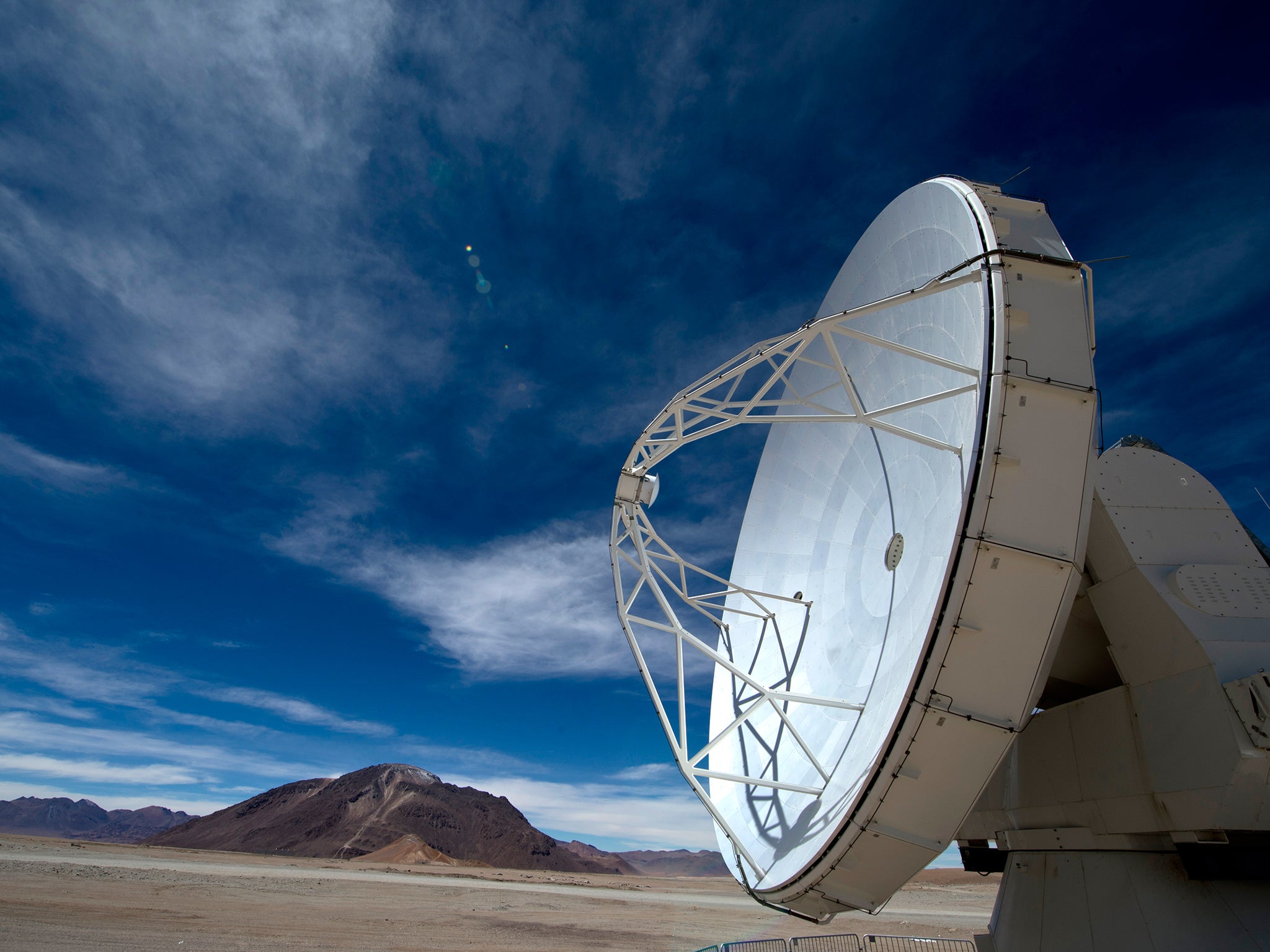Giant asteroid to fly past Earth on Christmas Eve
The 3-kilometer-long asteroid (named 163899, or 2003 SD220) will be sailing by at a safe distance of 6.7 million miles

Your support helps us to tell the story
From reproductive rights to climate change to Big Tech, The Independent is on the ground when the story is developing. Whether it's investigating the financials of Elon Musk's pro-Trump PAC or producing our latest documentary, 'The A Word', which shines a light on the American women fighting for reproductive rights, we know how important it is to parse out the facts from the messaging.
At such a critical moment in US history, we need reporters on the ground. Your donation allows us to keep sending journalists to speak to both sides of the story.
The Independent is trusted by Americans across the entire political spectrum. And unlike many other quality news outlets, we choose not to lock Americans out of our reporting and analysis with paywalls. We believe quality journalism should be available to everyone, paid for by those who can afford it.
Your support makes all the difference.Astronomers recently said Earthlings should prepare for a holiday gift in the sky—and, no, they weren’t referring to a Santa sighting.
On Christmas Eve, a gargantuan asteroid is on track to be visible from our planet via telescope.
But not to worry: There’s no danger of a Christmas Day apocalypse. The 3-kilometer-long asteroid (named 163899, or 2003 SD220) will be sailing by at a safe distance of 6.7 million miles.
The director of Northern Ireland’s Armagh Observatory, Mark Bailey, told AFP that while it’s not necessarily an “Earth-grazer,” it’s near enough that “you could expect several such encounters with objects of that sort of size every year—so maybe every couple of months you would get one coming that close, and of the same size.” He also noted that large-body collisions with Earth are rare, only occurring about once every 100,000 years.
If you miss this asteroid’s celestial dance this time around, you can catch it again in 2018, and again in December, according to a NASA report. Popular Science notes that the data researchers gather from the holiday asteroid is critical, as preliminary plans are in place to land aircraft on asteroids in the near future.
However, the next time an asteroid is expected to get somewhat uncomfortably close to Earth is 14 years from now, in April 2029, when the asteroid Aphophis is scheduled to pass about as close as the Moon and to be visible sans telescope.
Read the original article on Newsweek.
Join our commenting forum
Join thought-provoking conversations, follow other Independent readers and see their replies
Comments